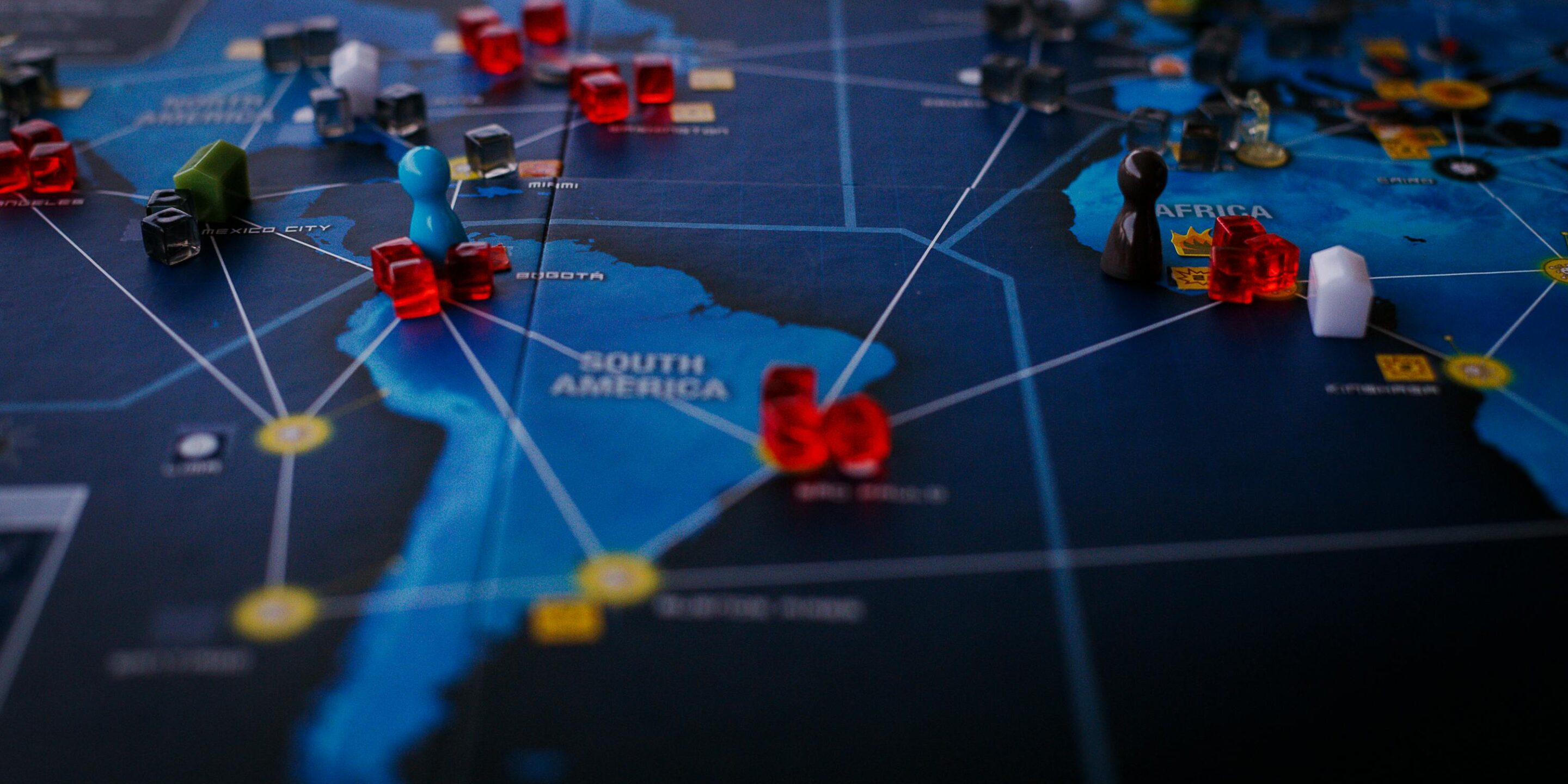The Trump administration’s recognition that the world is now multipolar was groundbreaking. No presidential administration since before the Cold War saw the world in such a light, and many post-Cold War administrations actively pretended not to see it. This recognition has helped pave the way for new twenty-first century strategies and toward the adoption of new geopolitical goals.
Which makes the recent focus on Iran all the more confounding.
When it comes to bipolarity, the goal is to balance with or defeat the other pole. In unipolarity, the goal is to maintain hegemony for as long as possible, as post-Cold War American presidents attempted for decades.
Multipolarity, however, requires a more dexterous policy. It requires three things: one, for each “pole” to maintain dominance in its given sphere. Secondly, to balance against the other poles. And thirdly, protecting national security interests to allow for the successful completion of the first two goals.
More on Western Hemisphere

Featuring Benjamin Friedman
October 30, 2025

Featuring Daniel DePetris
October 28, 2025

Featuring Jennifer Kavanagh
October 27, 2025

Featuring Jennifer Kavanagh and Daniel DePetris
October 23, 2025

October 21, 2025

Featuring Daniel Davis
October 18, 2025
Events on Grand strategy




